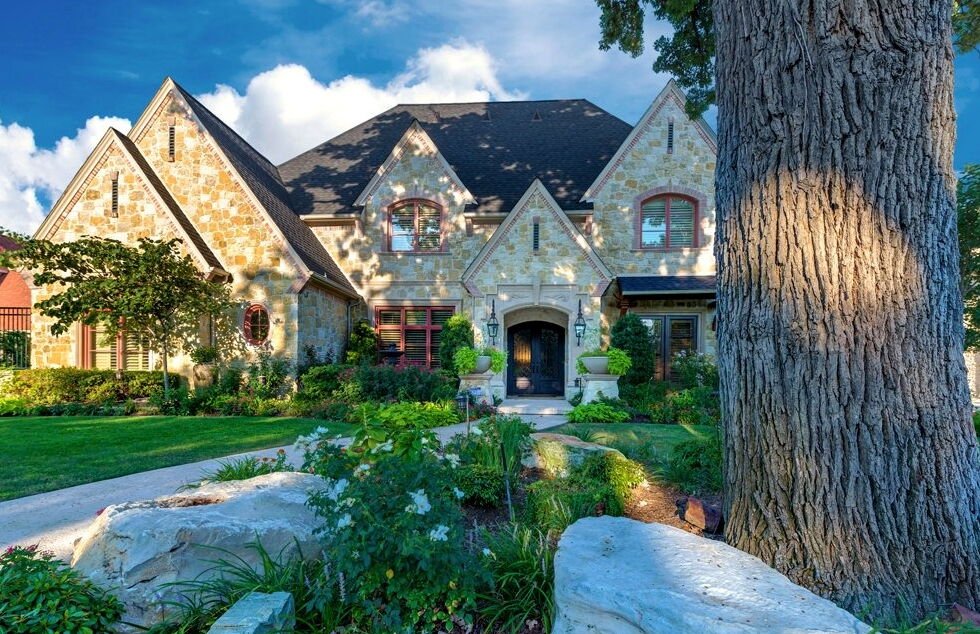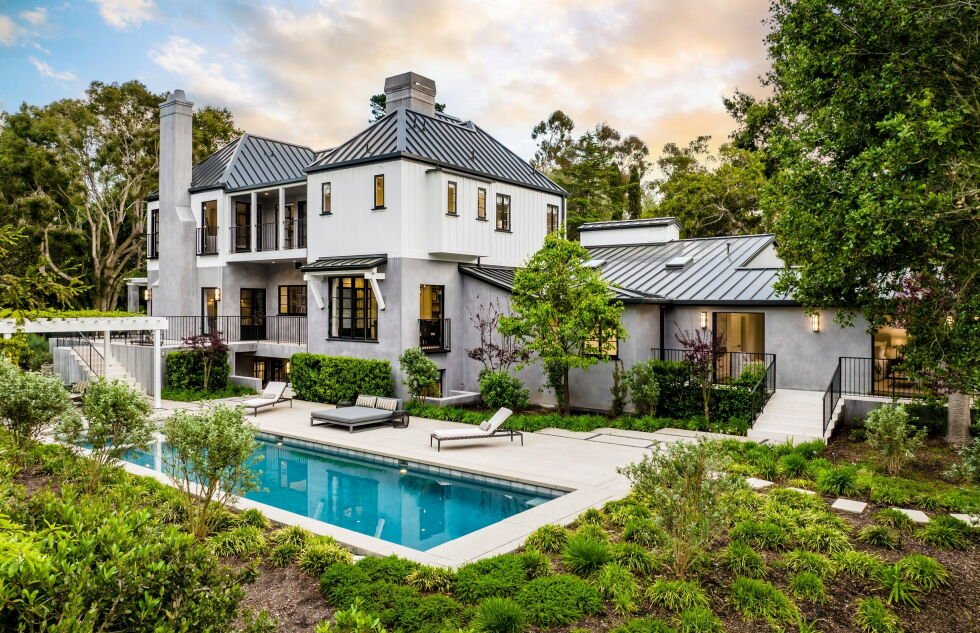Introduction to Eco-Friendly Landscaping
Landscaping a farmhouse is not merely about aesthetics; it represents a commitment to sustainability. As the demand for environmentally responsible practices grows, so does the need to create landscapes that harmoniously coexist with nature. This guide explores various eco-friendly landscaping techniques tailored for farmhouse settings, balancing beauty with ecological responsibility.
Embrace Native Flora
One of the cornerstones of sustainable landscaping is the use of native plants. These species have adapted to local climate conditions and soil types, requiring minimal irrigation and care. Incorporating native wildflowers and grasses can not only enhance your landscape’s visual appeal but also support local wildlife, providing essential habitats for pollinators like bees and butterflies. Additionally, consider integrating edible native plants, such as native berry bushes or culinary herbs. This approach promotes biodiversity and offers a delightful farm-to-table experience right from your garden.
Implementing Water Conservation Strategies
Water conservation is crucial in sustainable landscaping, especially in arid areas. Techniques such as xeriscaping focus on creating landscapes that require little to no irrigation. This can be achieved by selecting drought-tolerant plants and strategically placing them within your garden. Additionally, installing rain barrels to capture runoff and using drip irrigation systems can optimize water use. These methods not only reduce water waste but also create a lush environment minimal environmental impact.
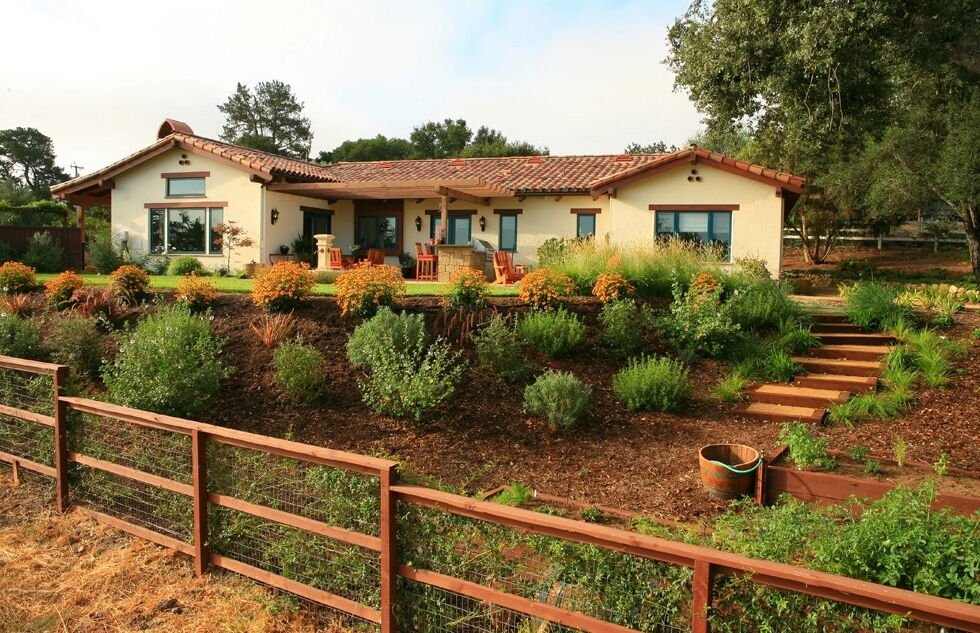
The Importance of Healthy Soil Through Composting
Healthy soil is vital for any garden, and composting offers a simple yet effective way to enrich it. By composting kitchen scraps, garden debris, and yard waste, you can produce nutrient-rich compost that enhances soil fertility without synthetic fertilizers. This closed-loop system minimizes waste and encourages a thriving ecosystem in your garden. Implementing a composting routine can transform your household waste into valuable resources, reinforcing your commitment to sustainability.
Utilizing Natural and Recycled Materials
Incorporating natural and recycled materials into your landscaping design not only reduces environmental impact but also adds character to your farmhouse. Replace traditional concrete with locally sourced gravel, reclaimed wood, or stone to create pathways and patios that blend seamlessly with the landscape. For fencing, consider options like split-rail wooden fences or living fences composed of native shrubs. Repurposing items like old barrels or antique metal containers as planters adds charm while minimizing waste, making your garden both attractive and eco-friendly.
Creating a Wildlife-Friendly Habitat
A sustainable farmhouse landscape can act as a refuge for local wildlife. By incorporating features such as birdhouses, feeders, and native shrubs that produce fruits and seeds, you can attract birds and other beneficial creatures. Adding a small pond or water feature can create a habitat for frogs and dragonflies, natural predators that help manage pests. Avoid chemical pesticides and instead employ companion planting strategies to deter harmful insects, fostering a natural balance in your ecosystem.
Energy-Efficient Outdoor Lighting Solutions
Lighting can dramatically influence the ambiance of your farmhouse landscape. However, conventional lighting options tend to consume significant energy. Consider installing solar-powered lights along pathways and patios to cut down on electricity usage. Alternatively, use LED lighting, which is known to consume up to 75% less power than traditional bulbs. Thoughtfully placed lighting can illuminate your outdoor space beautifully while minimizing light pollution, allowing you to enjoy the natural night sky.
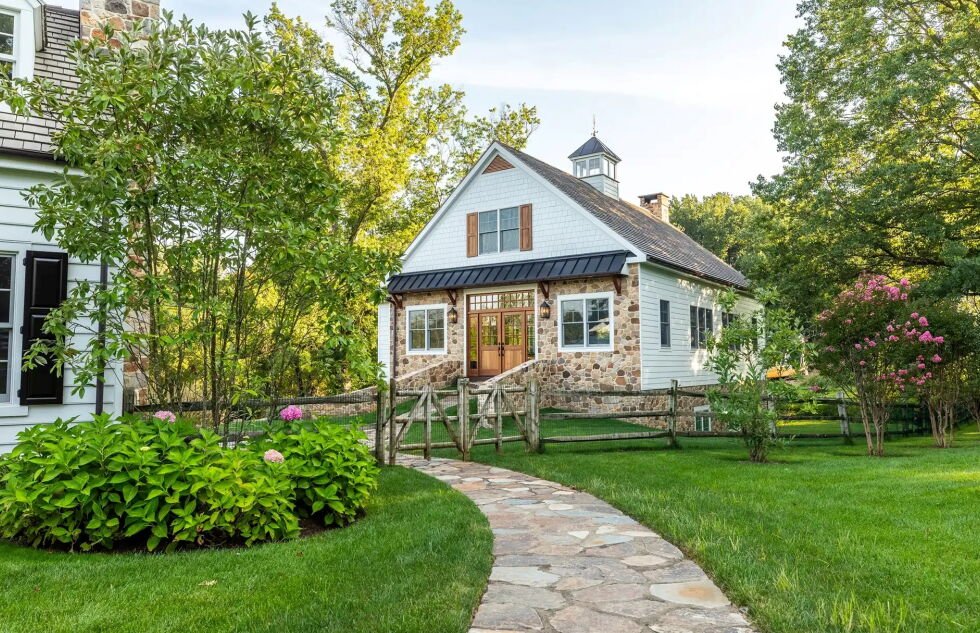
The Impact of Sustainable Landscaping on Property Value
Investing in sustainable landscaping not only benefits the environment but can also enhance your property’s value. Eco-friendly landscapes are increasingly appealing to home buyers, as they require less maintenance and promote a healthier living environment. Furthermore, properties that integrate sustainable practices often stand out in the market, attracting environmentally conscious buyers. By creating a beautiful, functional, and sustainable landscape, your farmhouse can serve as a model for others, proving that eco-friendly choices can lead to both aesthetic and financial rewards.
FAQ
What are native plants, and why should I use them?
Native plants are species that naturally occur in your region and are well-adapted to the local climate and soil. Using them in your landscape minimizes water usage and care, supports local wildlife, and contributes to biodiversity.
How can I conserve water in my farmhouse landscape?
You can conserve water by implementing xeriscaping techniques, installing rain barrels, and using drip irrigation systems to direct water to the roots of your plants more efficiently.
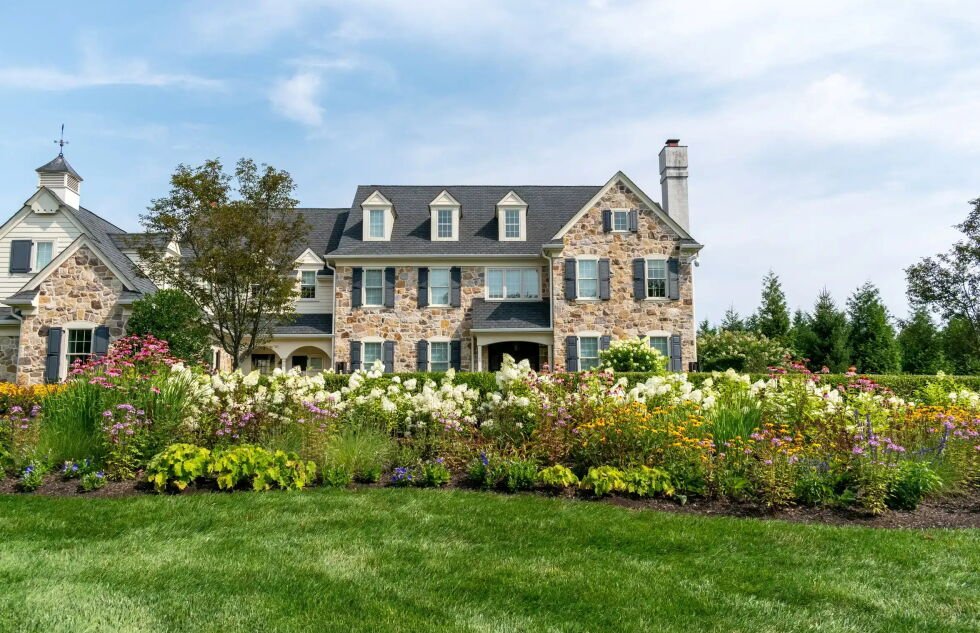
What are the benefits of composting?
Composting recycles organic waste into nutrient-rich soil, reducing the need for synthetic fertilizers and promoting a healthy ecosystem in your garden.
How can I create a wildlife-friendly garden?
To create a wildlife-friendly garden, install birdhouses, plant native shrubs, and avoid chemical pesticides. Consider adding a small pond or water feature to attract beneficial creatures.
What are energy-efficient lighting options for my landscape?
Energy-efficient options include solar-powered lights and LED bulbs, which significantly reduce energy consumption and can create an inviting atmosphere in your outdoor spaces.


